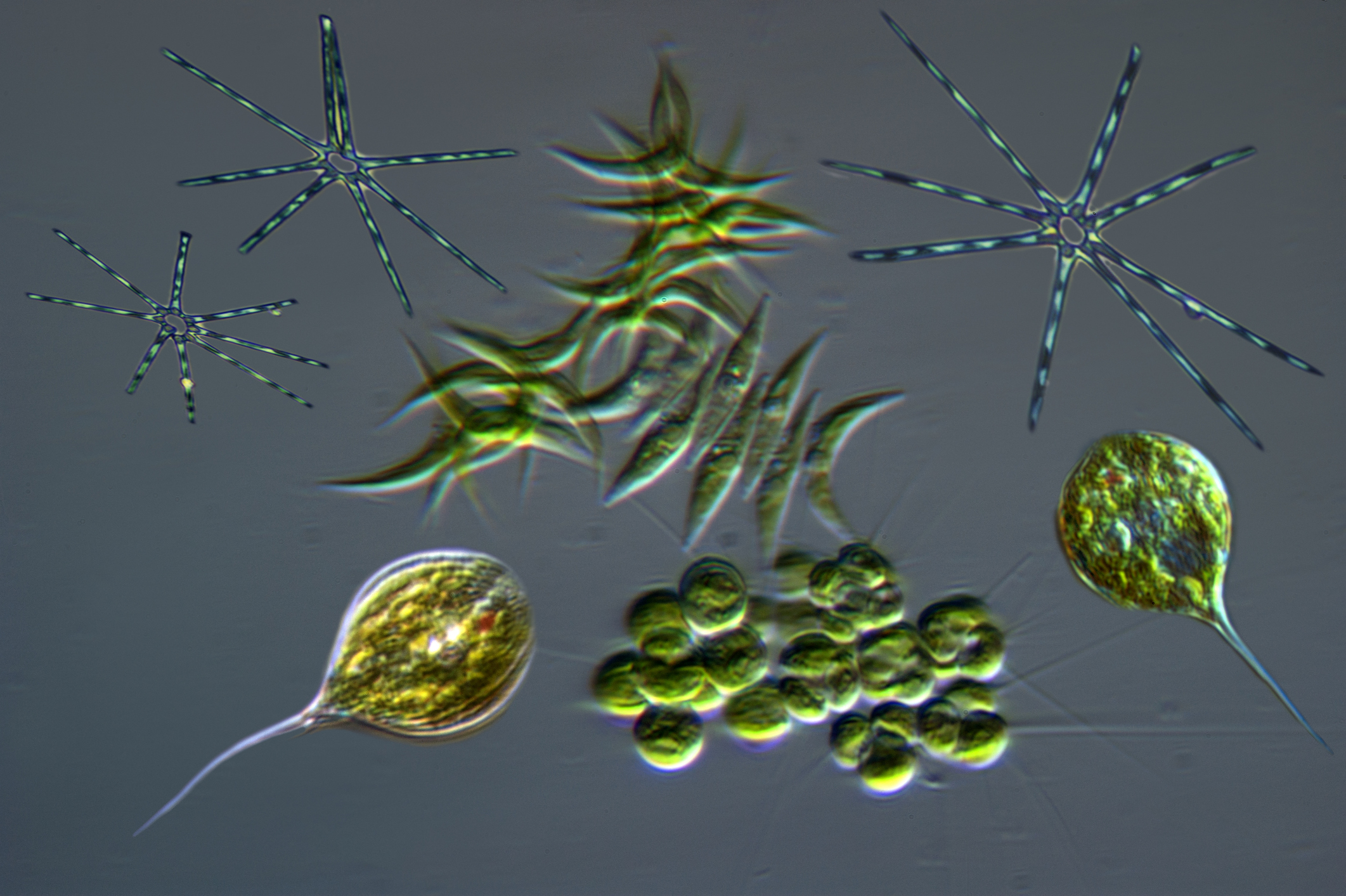Earth may respond to the huge quantities of carbon dioxide (CO2) that humans are pumping into the atmosphere by “overcorrecting” the imbalance, which could result in the next ice age arriving on time instead of being delayed by tens of thousands of years, as had previously been predicted.
This is due to a newfound “thermostat” that buries mountains of carbon beneath the seafloor so efficiently, it could do away with human carbon emissions within 100,000 years, researchers have discovered.
With both thermostats working in tandem, it’s possible that the next ice age could start on time, instead of being delayed by the effects of climate change, study co-author Andy Ridgwell, a professor of geology at the University of California, Riverside, told Live Science.
The newfound thermostat does not protect humans living now from the effects of global warming, said study co-author Dominik Hülse, a mathematician and biogeochemical modeler at the University of Bremen in Germany. “It’s not to say that we will be safe from global warming in the next 100 or even 1,000 years,” he told Live Science.
Scientists have long suspected that Earth regulates its climate on geological timescales. Since the 1980s, researchers have theorized about a mechanism called the silicate weathering feedback, which occurs when rain captures CO2 from the air and sprays it onto silicate rocks — rocks with minerals made of oxygen and silicon that constitute about 90% of the planet’s crust. CO2 reacts with these rocks, dissolving them and forming molecules that leach into the ground and eventually end up in the ocean. Once there, what was once CO2 forms limestone and chalk, meaning it is locked away for millions of years.
The silicate weathering feedback is like a thermostat because the more CO2 that is in the atmosphere, the warmer Earth gets and the more the water cycle intensifies. As precipitation increases, silicate weathering accelerates, meaning more CO2 is transferred to the ocean and atmospheric CO2 sinks to background levels again.
The feedback also works the other way around. “If you get too cold and CO2 is too low, then the thermostat is consuming too little CO2 compared with a background of constant release of CO2 from the mantle, from volcanoes and other magma features,” Ridgwell said. In this scenario, less CO2 ends up in the ocean and atmospheric levels slowly increase back to average levels, he said.
But the silicate weathering feedback moves slowly; it can take up to 1 million years after a perturbation to rebalance CO2 levels. As a result, there are climate events it can’t explain, including Earth’s glacial and interglacial cycles, which are characterized by huge fluctuations in CO2 levels and temperature that occur roughly every 100,000 years, Ridgwell said.
Silicate weathering also can’t explain snowball Earth events, which completely cover the planet in ice, Hülse said. If silicate weathering were the only thermostat regulating Earth’s climate, its smooth balancing act would prevent it from tipping into such extreme conditions, Hülse explained.
A second “thermostat”
The new research was inspired by Hülse’s doctoral dissertation, in which he calculated how much organic carbon was preserved in ocean sediments during past climatic events. His results showed that after periods of intense volcanic activity and warming, mountains of organic carbon were deposited onto the seafloor. This finding suggested there might be a link between atmospheric CO2 levels and organic carbon burial in the ocean.
“There are definitely times in Earth’s history when a lot of organic carbon has been deposited,” Ridgwell said. “We’ve sort of known that there must be other things going on [besides silicate weathering], but it’s much more complex to put in a model.”
But Hülse and Ridgwell tackled this challenge in the new study by amalgamating their individual projects into a single global climate carbon cycle model that accounted for organic carbon burial in the seafloor. Their results revealed a second “thermostat” rooted in Earth’s phosphorus cycle, which starts on land with rocks containing minerals such as apatite, the researchers said.
Weathering of these rocks due to precipitation releases phosphorus, which leaches into the ground, enters streams and rivers, and eventually ends up in the ocean. There, phosphorus is a key nutrient for tiny photosynthetic creatures known as phytoplankton, which use it to fuel cellular processes. When phytoplankton die, they sink to the ocean bottom, where they deposit organic carbon, phosphorus and other nutrients.

In a warmer world, more phosphorus is washed into the ocean and phytoplankton proliferate, meaning more organic carbon and phosphorus reach the seafloor. However, warmer oceans also hold less oxygen because oxygen becomes less soluble as temperatures increase. This deoxygenation releases deposited phosphorus back into the water column while burying organic carbon in sediments.
“Exactly how that happens is not mechanistically entirely known, but we know it happens,” Ridgwell said. “Where we’ve had these events in the past where we see massive amounts of organic carbon being buried after a warming event, there’s very, very, very little phosphorus in that material compared with normal material. If it’s not being buried, it must have been returned to the ocean.”
As phosphorus gets recycled, it reenters the food chain and phytoplankton continue to proliferate as they feast on phosphorus from both the land and the ocean. This leads to a phytoplankton boom, which sucks more and more CO2 out of the atmosphere and deposits more and more organic carbon onto the seafloor, which brings down global temperatures.
So, the warmer the world gets, the more productive the oceans become and the more carbon is locked away, which cools the climate. But the difference between phosphorus and silicate weathering is that phosphorus in the ocean doesn’t decline as soon as Earth cools, because it continues to be released at the seafloor.
“The organic carbon thermostat is a little bit like the silicate thermostat, except it has this supercharger,” Ridgwell said. “You end up with so many nutrients in the ocean — and they’re being recycled very efficiently — that it’s very difficult to get rid of them again.”
The phosphorus cycle eventually regains its balance, but the planet can “overcorrect” in the meantime, triggering events like snowball Earth, the researchers said. It’s unclear how this second thermostat will respond to climate change now, but the ocean is so rich in oxygen compared with in the past that a snowball Earth is unlikely, they said.
Instead, it’s possible that the organic carbon thermostat will make up for the delay expected for the next ice age. Climate change is disturbing Earth’s natural cycles, and previous research suggests it could push back the next glacial period, which is due in about 11,000 years, by tens of thousands of years. But if the organic carbon thermostat activates, atmospheric CO2 could return to background levels much faster, ensuring that the next ice age arrives on time.
“Whatever delay we’ll end up with for the next ice age … thinking about this mechanism might bring it back forward again,” Ridgwell said. “One is going to start at some point for sure; it’s all about when it starts.”
Source link

:max_bytes(150000):strip_icc()/GettyImages-1353889344-4b4e767c72fd4953b0dc8abb036b7d3e.jpg)